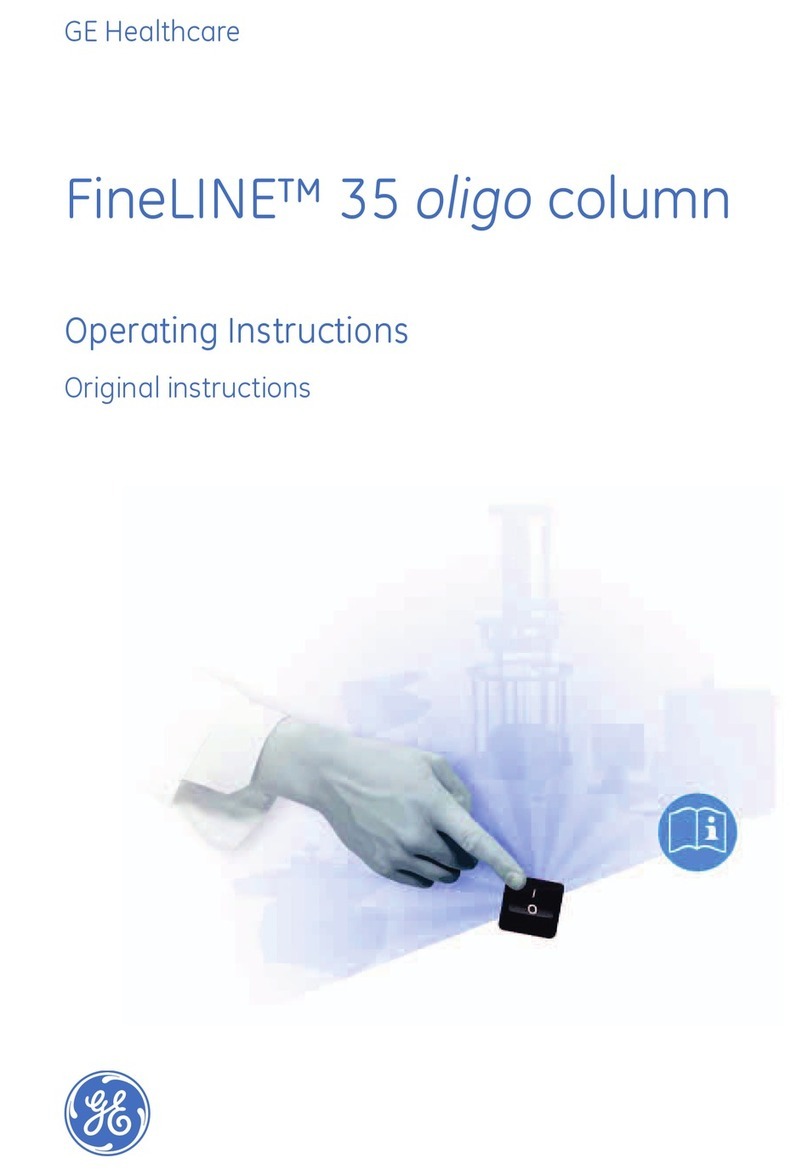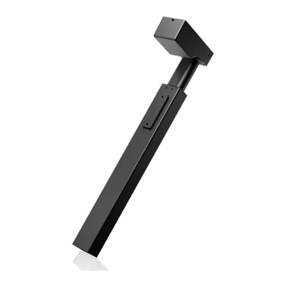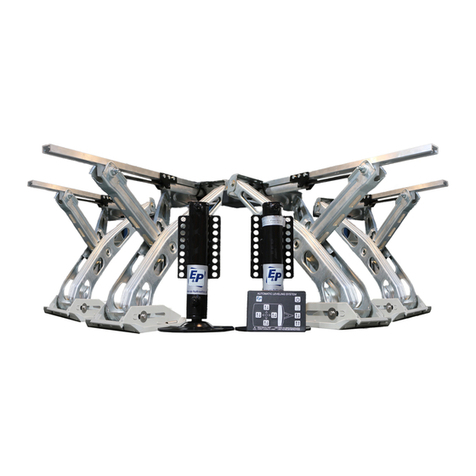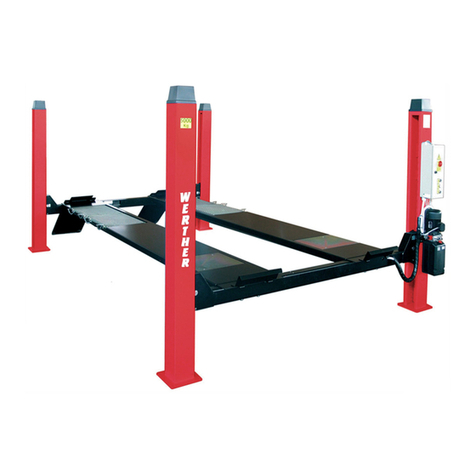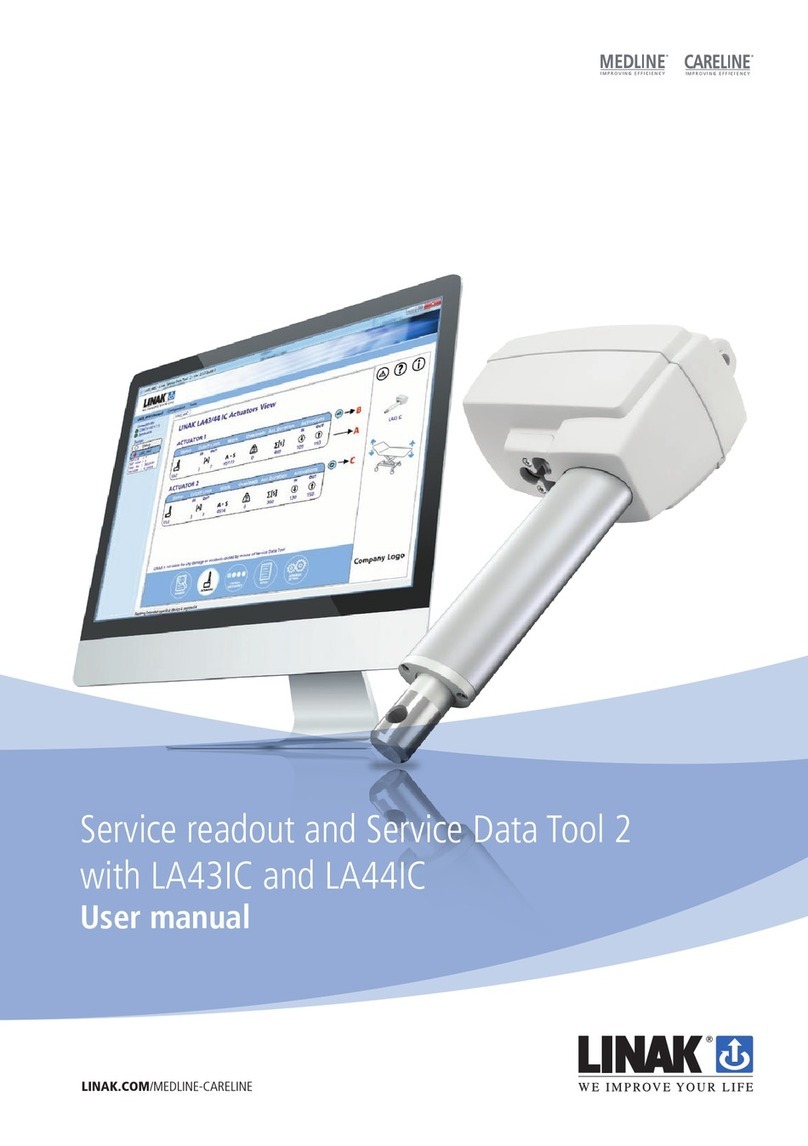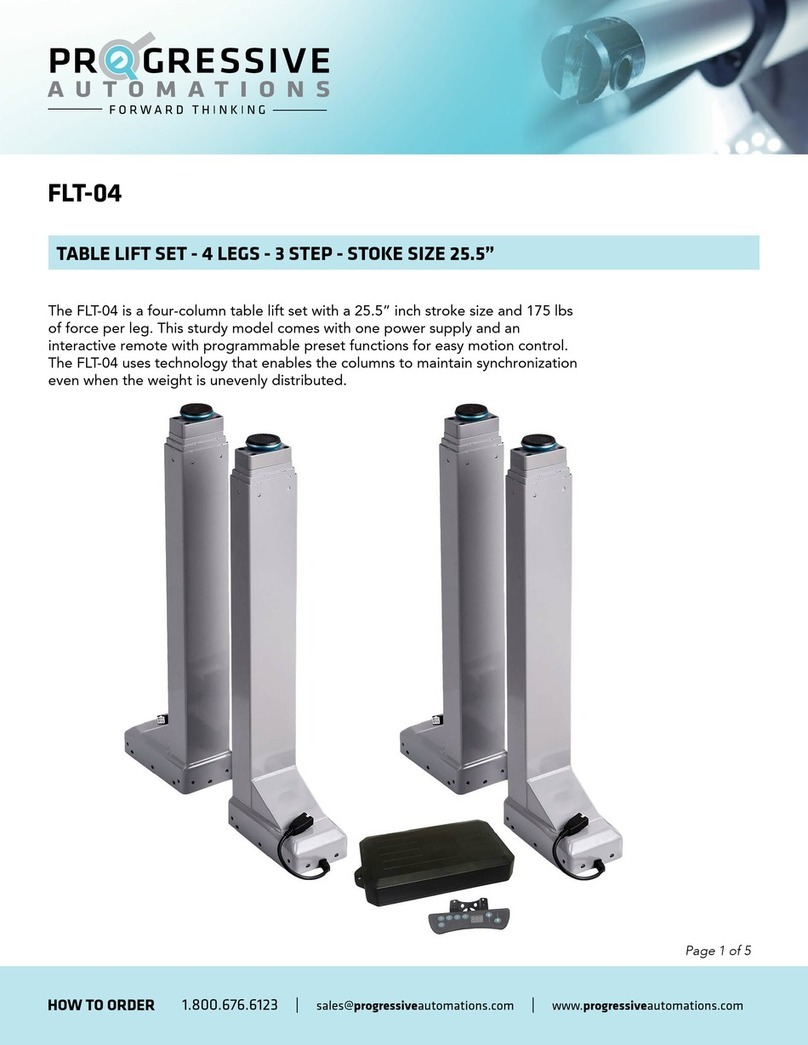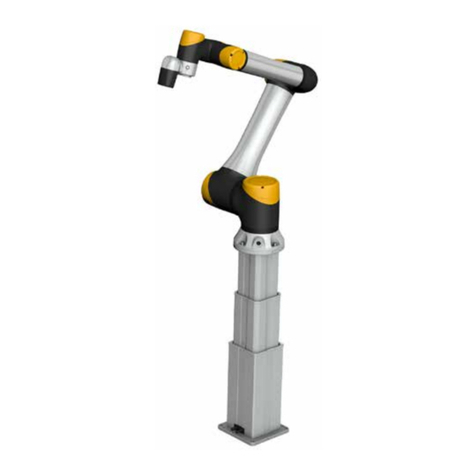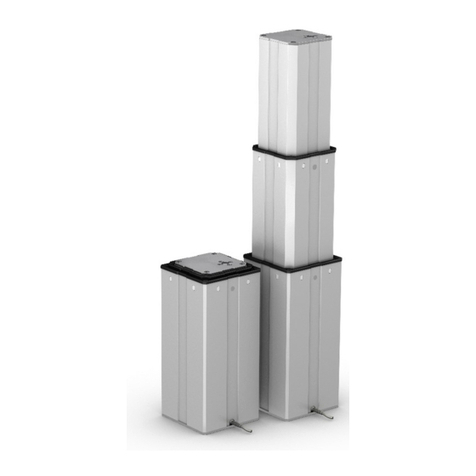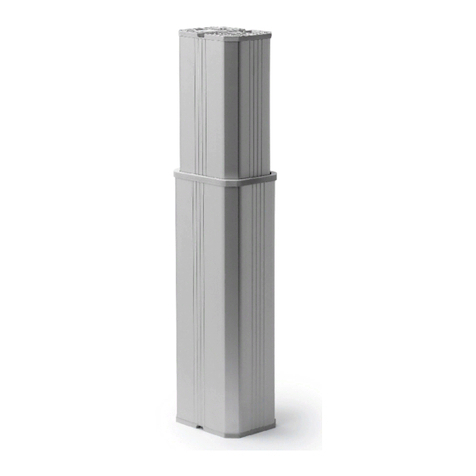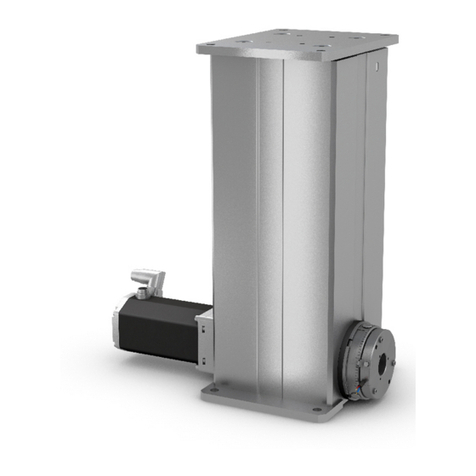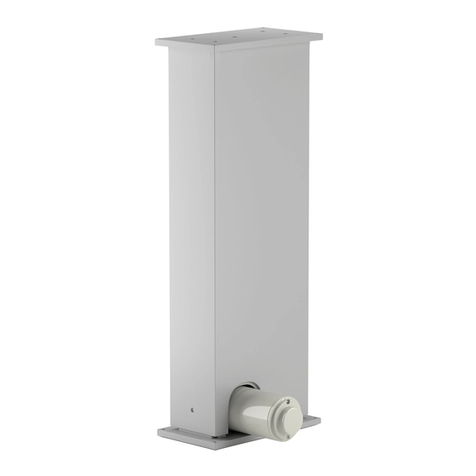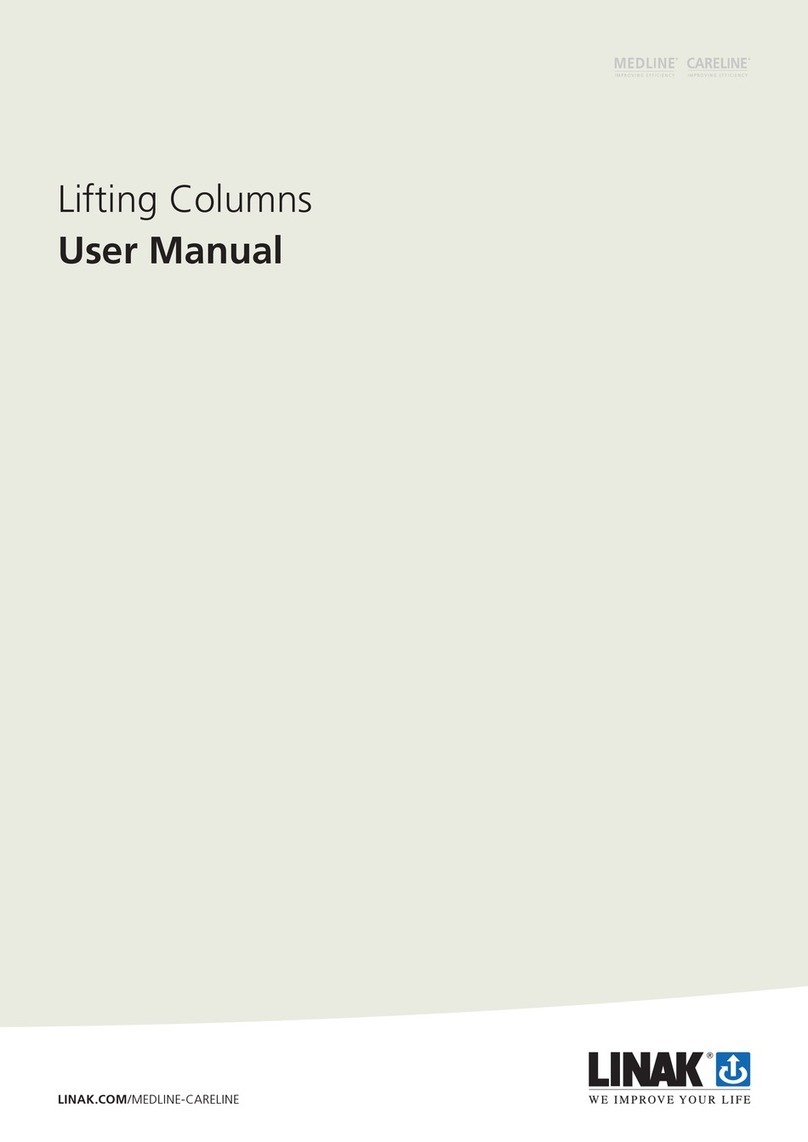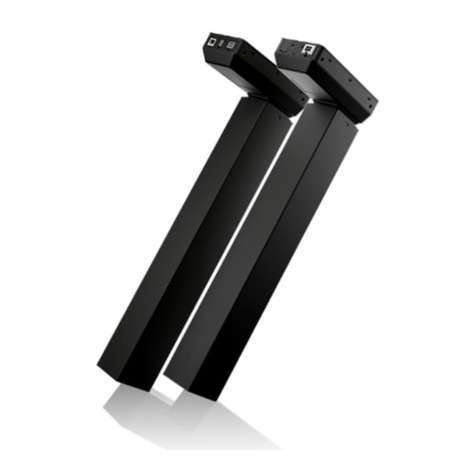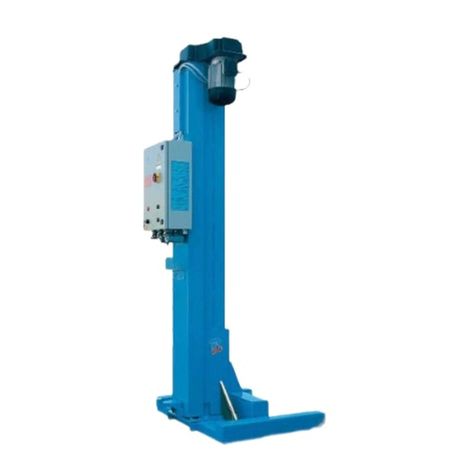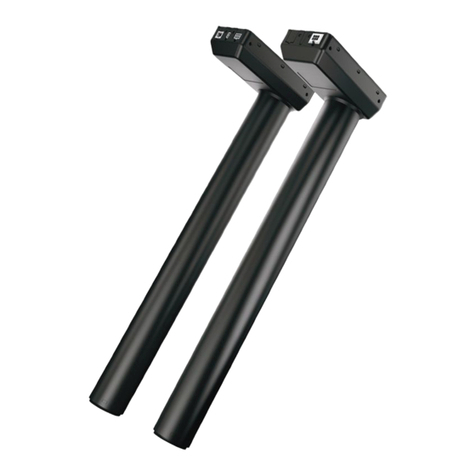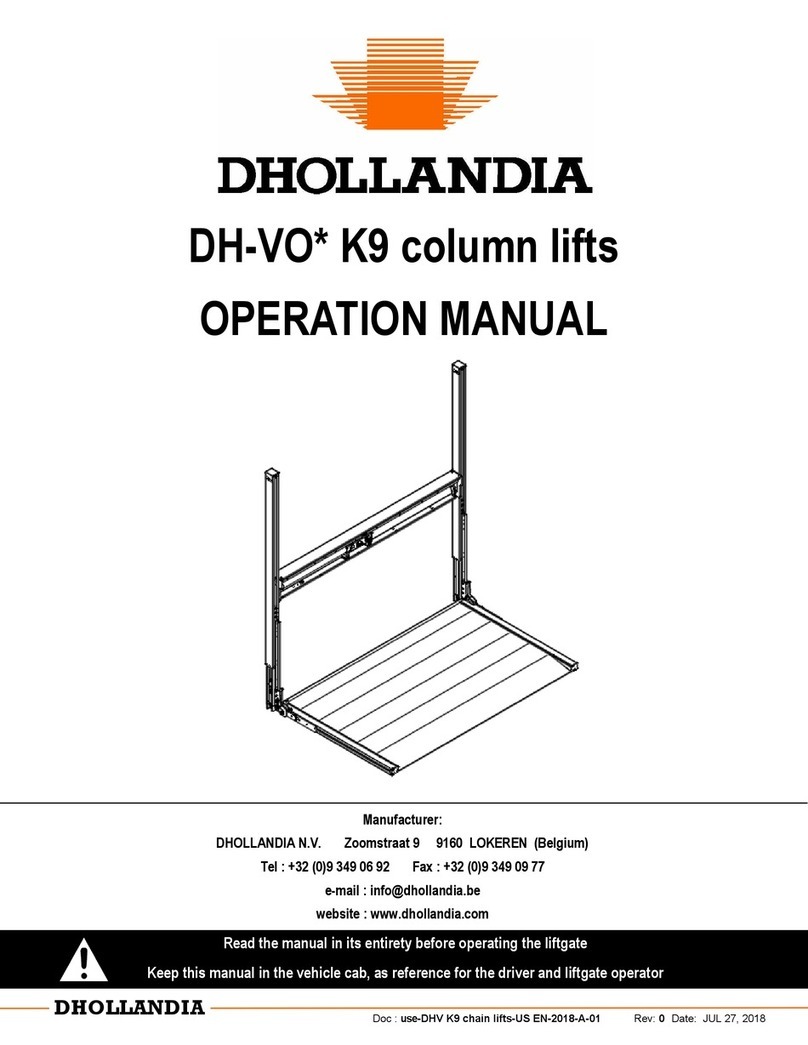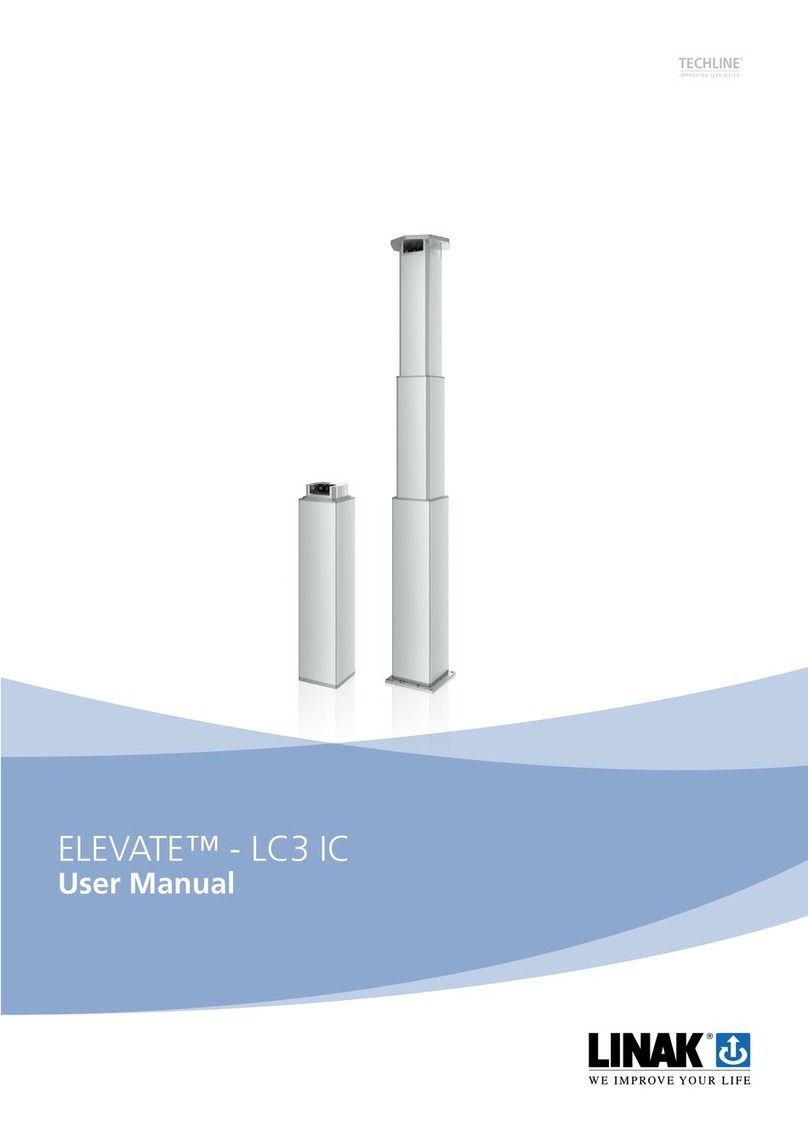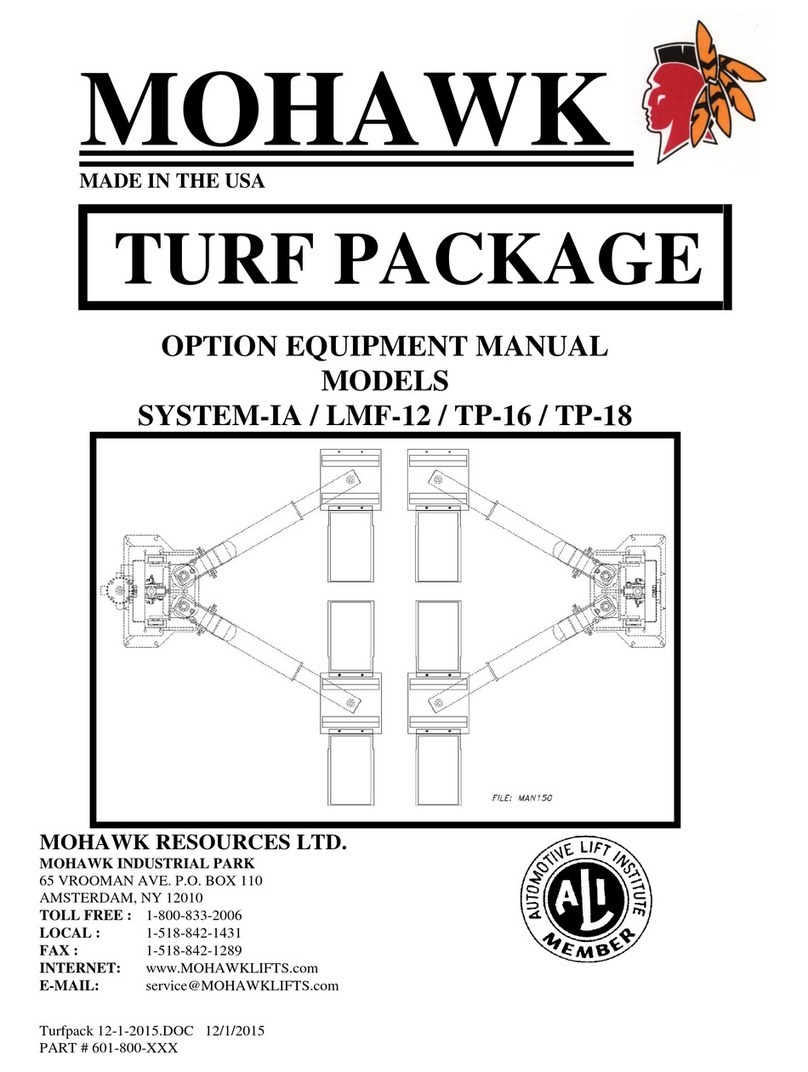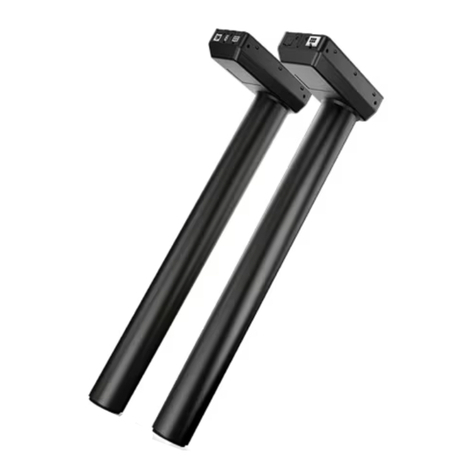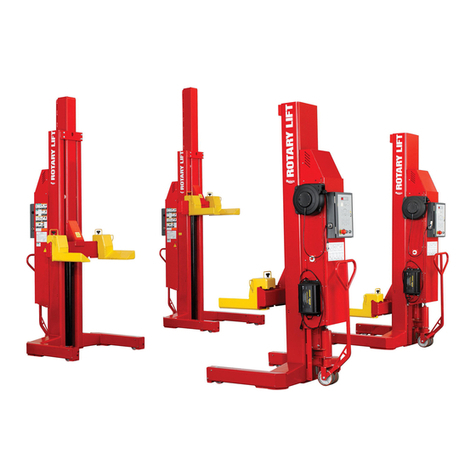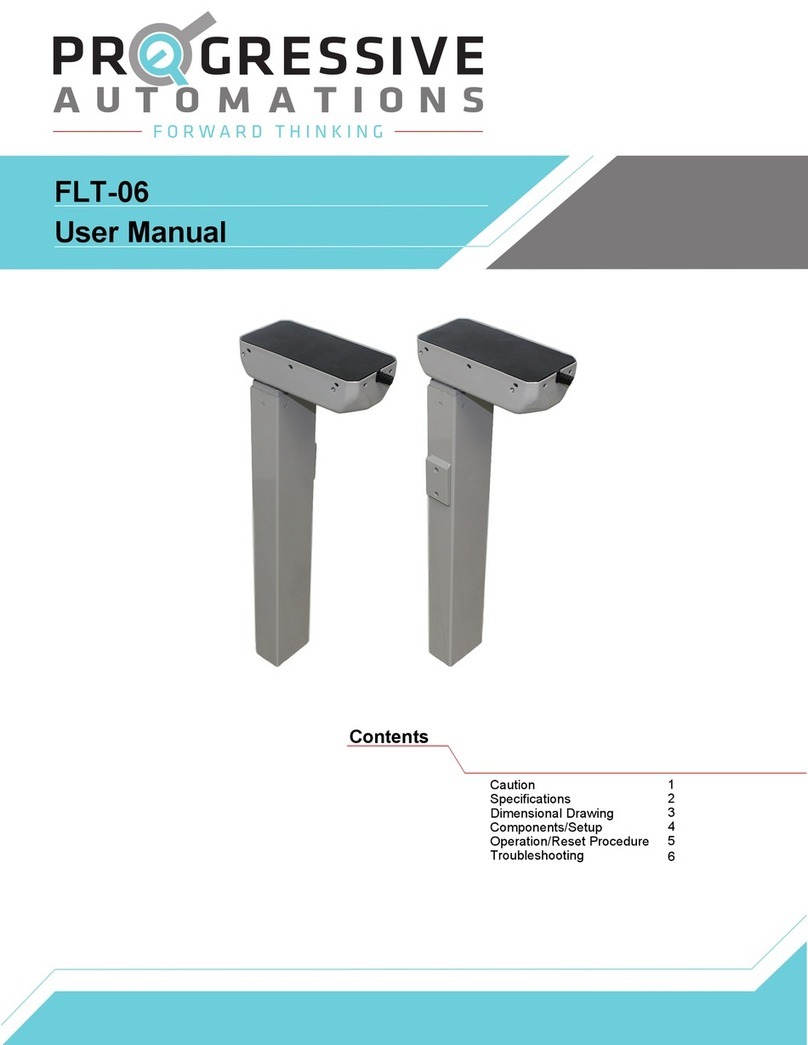
33
Contents
1.0 General information ...................................................4
1.1 Information on this manual ..........................................4
1.2 Explanation of symbols and signal words ...................4
1.3 Limitation of liability .....................................................5
1.4 Replacement parts.......................................................5
1.5 Warranty terms.............................................................5
1.6 Customer service .........................................................5
2.0 Safety ...........................................................................6
2.1 Intended use.................................................................6
2.1.1 Expected life time......................................................6
2.1.2 Essential performance ..............................................6
2.2 Responsibility of the owner and processor.................6
2.3 Personnel requirements...............................................7
2.4 Specicdangers ..........................................................7
2.5 Safety device................................................................8
2.6 Safeguard against restart ............................................8
2.7 Modicationsofdevice ................................................8
3.0 Technical data.............................................................9
3.1 Safety equipment .........................................................9
3.2 Operating conditions....................................................9
3.3 Type label .....................................................................9
4.0 Structure and function.............................................10
4.1 Telemag THG, TLG..................................................... 10
4.2 Telemag TLT ............................................................... 11
4.2.1 TLT1 ......................................................................... 11
4.2.2 TLT2 ........................................................................ 12
4.3 Brief description ......................................................... 13
4.4 Functional principle .................................................... 13
4.5 Connections ............................................................... 13
4.6 Operating elements.................................................... 14
4.7 Options ....................................................................... 14
4.7.1 Impulse transmitter.................................................. 14
4.7.2 Potentiometer.......................................................... 14
4.7.3 Cable feed ............................................................... 14
4.8 Accessories................................................................ 14
4.9 Danger zones ............................................................. 15
4.9.1 Danger zone THG; TLG; TLT1................................. 15
4.9.2 Danger zone TLT2................................................... 15
5.0 Transport, packaging and storage......................... 16
5.1 Safety information for transport................................. 16
5.2 Transport inspection .................................................. 16
5.3 Return shipment to the manufacturer........................ 16
5.4 Packaging................................................................... 16
5.5 Symbols on the packaging ........................................ 17
5.6 Storage ....................................................................... 17
6.0 Installation and initial operational set-up ............. 18
6.1 Safety.......................................................................... 18
6.2 Installation position .................................................... 18
6.3 Inspectionpriortorstoperation .............................. 18
6.4 Installation .................................................................. 18
6.5 Connection to the control unit ................................... 21
6.5.1 Connect jack plug to control unit ...........................22
6.5.2 Connect DIN-8 plug to control unit........................23
7.0 Operation...................................................................24
7.1 Safety.......................................................................... 24
7.2 Turnonando ........................................................... 24
7.3 Precautions prior to use............................................. 24
7.4 Normal operation .......................................................24
7.5 Precaution after use ...................................................25
7.6 How to stop device in case of emergency.................25
7.6.1 Shut down the telescopic pillar...............................25
7.6.2 Pull jack plug out of the KOM control unit.............. 25
7.6.3 Pull the DIN-8 plug out of the BCU/VCU/SCU
control unit........................................................................26
7.7 After use .....................................................................26
8.0 Maintenance..............................................................27
8.1 Safety..........................................................................27
8.2 Maintenance plan.......................................................28
8.3 Maintenance work......................................................28
8.3.1 Cleaning ..................................................................29
8.3.2 Visual inspection ....................................................29
8.4 Actions after maintenance has been completed.......29
9.0 Malfunctions .............................................................30
9.1 Safety..........................................................................30
9.2 Troubleshooting chart ................................................ 31
9.3 Start of operation after fault has been eliminated .....32
10.0 Dismantling and disposal........................................33
10.1 Safety..........................................................................33
10.2 Dismantling.................................................................33
10.2.1 Dismantling the telescopic pillar...........................33
10.2.2 Pull the jack out of the KOM
control unit........................................................................33
10.2.3 Pull the DIN-8 plug out of the BCU/ VCU/SCU con-
trol unit..............................................................................34
10.3 Disposal......................................................................34
11.0 Appendix....................................................................35
WARNING
Read this manual before installing, operating or maintaining this
actuator. Failure to follow safety precautions and instructions could
cause actuator failure and result in serious injury, death or property
damage.
